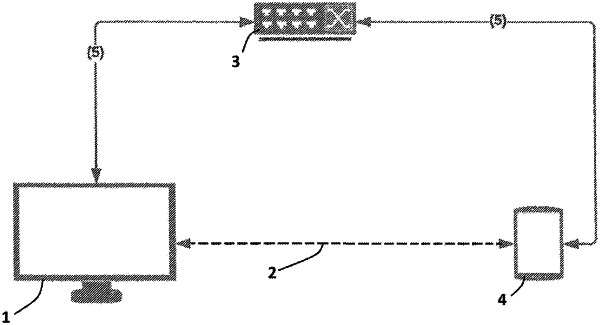| CPC H04N 21/43076 (2020.08) [H04N 21/43637 (2013.01); H04N 21/47217 (2013.01); H04N 21/4825 (2013.01); H04N 21/8352 (2013.01)] | 10 Claims |

|
1. A low-latency broadcast system for sharing user-generated content within a network environment, the broadcast system comprising:
a broadcasting client, at least one broadcast-receiving client, a remote service, and a non-transitory, computer-implementable software application implemented by the broadcasting client, the at least one broadcast-receiving client and the remote service within a computer network environment;
the non-transitory, computer-implementable software application being operable to establish communication between the broadcasting client and the remote service and communication between the at least one broadcast-receiving client and the remote service, the broadcasting client sending unique identifier data associated with broadcast content created by the broadcasting client to the remote service, the remote service storing the unique identifier data in a database as a primary playlist;
the at least one broadcast-receiving client requesting a secondary low-latency playlist from the remote service by way of the unique identifier data, the remote service generating the secondary low latency playlist from data associated with the unique identifier data and transmitting the secondary low latency playlist to the at least one broadcast-receiving client;
the remote service being configured to generate an empty playlist comprising blank video content and silent audio content if the at least one broadcast-receiving client requests the secondary low latency playlist when no broadcast content is being consumed by the broadcasting client.
|